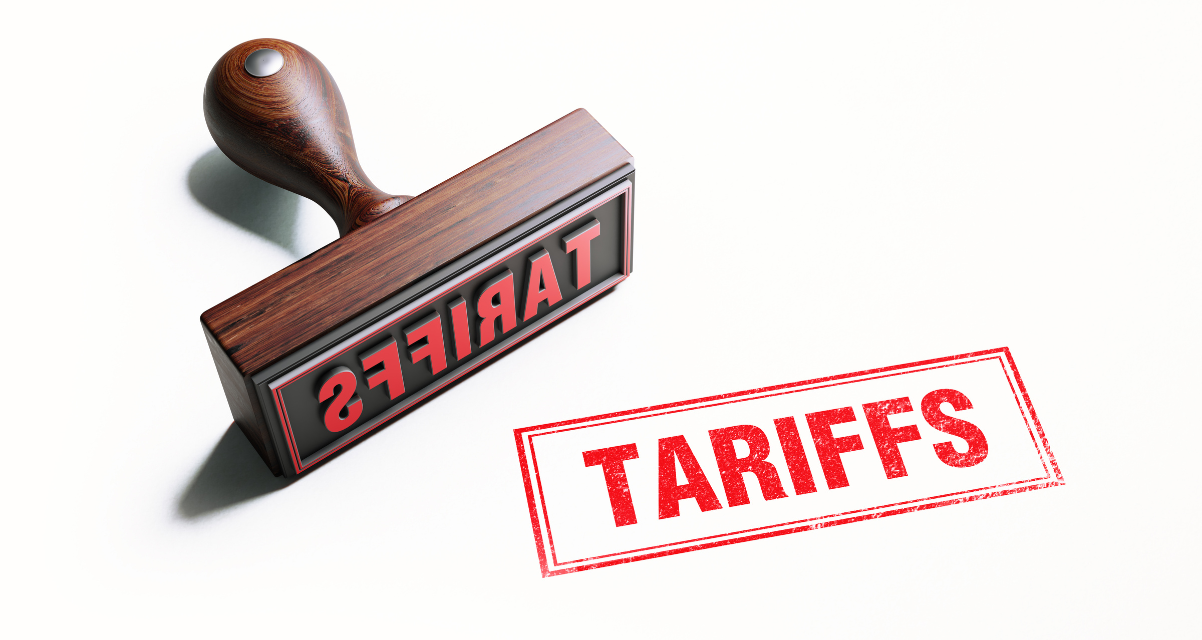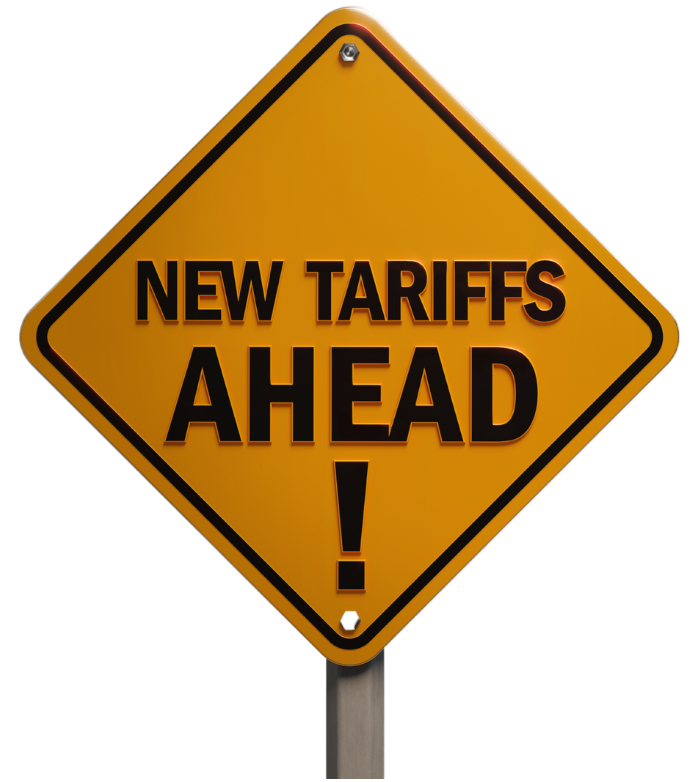The recent IEEPA tariff ruling and currency risk exposure are driving new uncertainty across international markets. As the Court of International Trade declares key Trump-era tariffs unlawful, CFOs and treasury leaders must quickly reassess their global payments and FX strategies.
Monex USA is closely monitoring the ruling and its potential to influence trade flows, inflation expectations, and currency volatility.
Legal Overview: How the IEEPA Tariff Ruling Impacts Currency Risk
The CIT found that the IEEPA did not authorize the imposition of either the reciprocal or fentanyl-related tariffs issued by executive order during the Trump administration. As a result, the court ordered the following:
- The executive orders be vacated
- The operation of these tariffs is to be permanently enjoined
- Customs and Border Protection (CBP) should not collect the tariffs going forward
However, the U.S. Government has filed an immediate appeal with the Court of Appeals for the Federal Circuit (CAFC), which means tariff collection will likely continue until further notice. It is currently unclear whether refunds will be issued if the ruling is upheld, or if any such refunds would be automatic or require further action.
The National Customs Brokers and Forwarders Association of America (NCBFAA) is actively monitoring the outcome, with its Legislative Advisor, Nicole Bivens Collinson of Sandler, Travis & Rosenberg, P.A., providing updates to the trade community.

Implications for Currency Markets and Corporate Strategy
This ruling introduces legal uncertainty into the U.S. trade policy framework and may result in a reassessment of supply chains and sourcing decisions. These developments are especially relevant for CFOs, treasurers, and finance teams managing multi-currency exposure and global cash flow.
- Tariff Relief Could Strengthen the U.S. Dollar: Should the court ruling be upheld and tariffs rescinded, reduced import costs could influence inflation expectations and impact Federal Reserve policy direction. Historically, such outcomes tend to strengthen the U.S. dollar, especially when markets anticipate a less aggressive monetary stance.
- Trade Route Changes May Introduce New Currency Risks: Businesses sourcing goods from countries subject to IEEPA tariffs may shift supply chains to alternative markets. While this may mitigate tariff exposure, it can introduce new FX risks associated with currencies like the Indian rupee, Vietnamese dong, or Mexican peso.
- Uncertainty Around Refunds Affects Cash Flow Forecasts: The possibility of tariff refunds—and the lack of clarity around timing or execution—adds another layer of complexity to financial planning. Companies expecting large refunds may need to adjust short-term liquidity forecasts, particularly those with exposure to multiple currencies and global payment operations.
Strategic Recommendations for Finance Leaders
In light of this legal development, finance executives should consider the following actions:
Monitor the Legal Appeal Closely
The CAFC ruling will be decisive. Companies should remain informed through trade associations and legal counsel to anticipate potential operational shifts.
Assess FX Exposure Based on Trade Adjustments
Any supply chain or sourcing realignment could significantly impact currency exposure. Conduct a fresh FX risk assessment to identify gaps in your current hedging strategy.
Hedge Against Currency Volatility
Market reactions to trade policy and legal uncertainty can be swift. Tools such as forward contracts, and layered hedging strategies can help stabilize cash flows and protect profit margins. For any company exposed to cross-border payments or foreign sourcing, the IEEPA tariff ruling and currency risk must be addressed together when developing a short-term and long-term FX policy.
Evaluate Payment Timing and Terms
Given the unpredictability surrounding refunds and tariffs, businesses may benefit from reviewing payment schedules, negotiating flexible terms, or delaying large foreign payments until there is greater clarity.
How Monex USA Supports Clients in a Changing Trade Environment
At Monex USA, we provide specialized FX risk management and global payment solutions tailored to companies operating across borders. As trade policies evolve and court rulings reshape the regulatory landscape, our team works closely with clients to:

- Map out FX exposure tied to sourcing and sales regions
- Develop proactive hedging strategies to manage rate volatility
- Improve cross-border payment efficiency and cost control
- Monitor geopolitical and legal developments that affect currency markets
We recognize that regulatory shifts like the IEEPA tariff ruling can create both uncertainty and opportunity. Our objective is to help clients navigate these changes with confidence and clarity.




